Are you tired of sifting through endless amounts of data online? Do you wish there was an easier way to gather the information you need? Look no further than web scraping.
Web scraping is a powerful tool that allows you to extract data from websites and turn it into usable information. And the best part? You don’t need to be a programmer to do it.
In this article, we’ll explore the ins and outs of web scraping for non-programmers. From understanding the basics to advanced techniques and troubleshooting, we’ll guide you through the process of using web scraping tools to extract the data you need.

Whether you’re a marketer looking to analyze trends, a researcher seeking information, or simply someone who wants to streamline their data collection process, web scraping for non-programmers can revolutionize the way you work. So, let’s get started!
The Definition of Web Scraping
So, what is web scraping? In today’s digital age, data is king. Businesses, researchers, and individuals alike rely on data to make informed decisions and gain valuable insights. But with so much information available online, how can you sift through it all?
That’s where web scraping comes in. At its core, web scraping is the process of extracting data from websites. By using specialized software or tools, you can collect and analyze data from multiple sources in a matter of minutes, without the need for manual data entry.
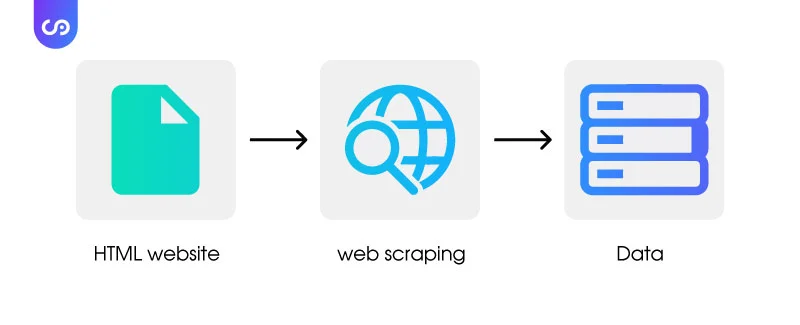
Web scraping is essential in today’s data-driven world. It allows you to gain valuable insights, track trends, and analyze patterns across various industries. Whether you’re a marketer looking to analyze customer behavior, a journalist researching a story, or a business owner seeking market insights, web scraping can help you get the information you need quickly and efficiently.
The types of data you can extract using web scraping are virtually limitless. From product prices and reviews to social media posts and news articles, web scraping can gather data on just about anything. And because web scraping tools can be customized to fit your specific needs, you can extract and analyze the data that’s most relevant to you.
In short, web scraping is an invaluable tool for anyone who relies on data to make decisions. And with the right tools and techniques, it’s accessible to everyone, even those without programming experience. So why not harness the power of web scraping for your next project or analysis? The possibilities are endless.
Legal and Ethical Considerations
While web scraping can be a powerful tool for collecting data, it’s important to keep in mind the legal and ethical considerations that come with it. Web scraping can be a grey area, and it’s important to understand the laws and regulations surrounding it to avoid any legal issues or ethical violations.
First and foremost, it’s important to understand the terms of use of the websites you’re scraping. Many websites explicitly prohibit web scraping in their terms of use, and violating these terms can result in legal action. It’s important to read and understand these terms before scraping any website and to only scrape websites that allow it or for which you have obtained permission.
Copyright laws also apply to web scraping. If the data you’re scraping is protected by copyright, you may need permission from the owner before scraping it. It’s important to research and understand the copyright laws in your country before scraping any copyrighted material.
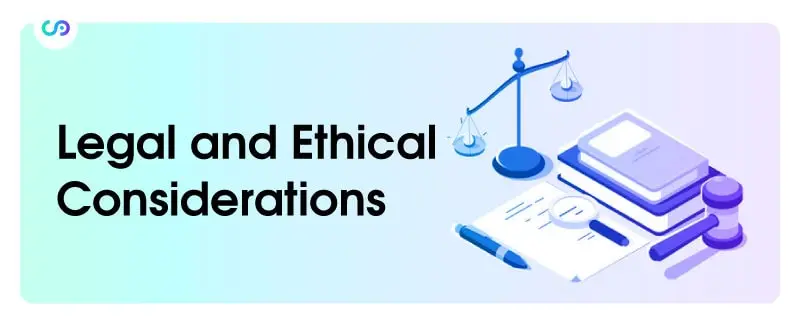
In addition to legal considerations, there are also ethical considerations to keep in mind. Web scraping can be seen as intrusive or unethical if not done responsibly. It’s important to use web scraping tools and techniques in a way that respects the privacy and intellectual property rights of others. This means avoiding scraping personal information, using reasonable scraping techniques that don’t put undue strain on a website’s servers, and being transparent about your web scraping activities.
Overall, it’s important to be aware of the legal and ethical considerations surrounding web scraping. By following best practices and being responsible in your web scraping activities, you can avoid legal issues and ethical violations while still harnessing the power of web scraping to gather valuable data.
Web Scraping Tools for Non-Programmers
Web scraping tools have made it easier than ever for non-programmers to collect and analyze data from the web. These tools allow you to scrape data from websites without the need for coding knowledge, making it accessible to anyone who needs to gather data.
There are many web scraping tools available, but some of the most popular ones for non-programmers include Octoparse, ParseHub, and Data Miner. Each of these tools has its own strengths and capabilities, making it important to choose the one that best fits your needs.
**Octoparse** is a user-friendly web scraping tool that offers both free and paid plans. It features a point-and-click interface that allows you to easily navigate through websites and collect data. Octoparse can also handle complex websites with dynamic content and can export data in a variety of formats.

**ParseHub** is another popular web scraping tool that offers a free plan for basic scraping needs. It has a user-friendly interface that allows you to easily create scraping projects, and its advanced features include scraping behind login pages, pagination, and JavaScript-rendered pages.
Data Miner is a Chrome extension that allows you to scrape data directly from websites. It’s easy to use, and its free plan includes many features, such as the ability to scrape from multiple pages and export data in CSV format. Data Miner also allows you to save your scraping projects and reuse them later.
In general, web scraping tools for non-programmers have made the process of collecting data from websites much easier and more accessible. With the right tool, you can scrape data from multiple sources quickly and efficiently, without the need for coding knowledge. So if you’re looking to gather data from the web, consider using one of these powerful tools to help you get started.
Getting Started with Web Scraping
Getting started with web scraping can be intimidating, especially if you’re new to the field. However, with the right tools and some basic knowledge, you can quickly learn how to scrape data from websites.
The first step is to choose a web scraping tool that meets your needs. Once you have selected a tool, it’s time to choose a website to scrape. It’s important to choose a website that allows scraping, or one for which you have obtained permission.
Next, you’ll need to navigate the tool’s interface to begin scraping data. Most web scraping tools have a point-and-click interface that allows you to select the data you want to scrape. You may also need to configure the tool’s settings, such as the frequency of requests, to avoid overloading the website’s servers.
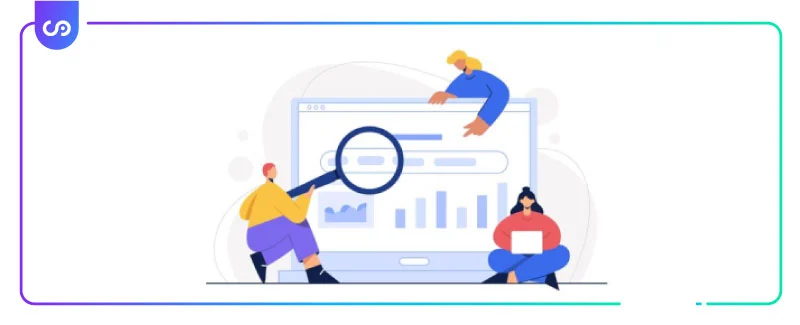
Once you’ve selected the data to scrape, you can run the scraper and let it do its job. The tool will collect the data and store it in a format that you can use for analysis, such as a CSV or Excel file.
It’s important to note that web scraping can be resource-intensive and may put a strain on the website’s servers. To avoid overloading the servers, it’s best to scrape data in small batches and to use tools that allow you to set a reasonable scraping frequency.
Overall, getting started with web scraping is a matter of choosing the right tool and understanding how to use it. With some practice, you can quickly become proficient in web scraping and use it to gather valuable data for your projects. So don’t be intimidated by the process – dive in and start scraping!
Advanced Web Scraping Techniques
Advanced web scraping techniques can take your data gathering and analysis to the next level. These techniques allow you to extract more complex data from websites and automate the scraping process.
One advanced technique is pagination, which involves scraping data from multiple pages of a website. With pagination, you can scrape data from an entire website, rather than just the first page. This can be useful when collecting data from websites that have many pages of content, such as e-commerce sites or news websites.
Another advanced technique is data filtering, which allows you to refine the data you scrape to focus on specific criteria. For example, you may only want to scrape data that meets certain keywords or data values. Filtering allows you to extract only the data you need, saving you time and resources.
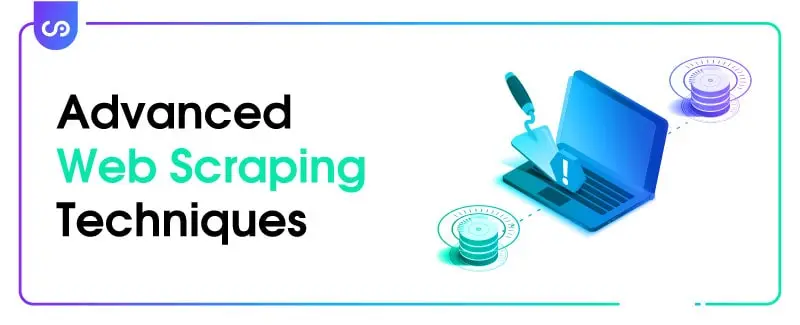
API integration is another advanced technique that can make web scraping more efficient. With API integration, you can use a website’s API to access its data directly, rather than scraping the data from the website. This can be faster and more reliable than scraping data from the website itself, especially if the website’s API is well-documented.
Overall, advanced web scraping techniques can greatly enhance your data-gathering and analysis capabilities. By using these techniques, you can extract more complex data from websites and automate the scraping process, saving you time and resources. So if you’re ready to take your web scraping skills to the next level, consider learning these advanced techniques and applying them to your projects.
Troubleshooting and Common Issues
Web scraping can be a powerful tool for collecting data from websites, but it can also be fraught with common issues and errors. In this section, we’ll cover some of the most common issues that can arise during web scraping and how to troubleshoot them.
- Blocked or Captchaed Websites: Some websites have measures in place to prevent web scraping, such as blocking the IP addresses of scrapers or presenting a captcha to verify that the user is human. If you encounter a blocked or captchaed website, you can try using a proxy server or a scraping tool that offers anti-blocking features.
- Slow or Unresponsive Websites: Some websites may be slow or unresponsive, which can cause web scraping to fail or take a long time. If you encounter a slow or unresponsive website, you can try adjusting the scraping frequency or using a tool that supports parallel scraping to speed up the process.
- Dynamic or AJAX Content: Some websites use dynamic or AJAX content that can be difficult to scrape using traditional methods. If you encounter dynamic or AJAX content, you can try using a scraping tool that supports JavaScript rendering or using API integration to access the data directly.
- Missing or Incomplete Data: Sometimes web scraping may fail to collect all the data you need or may miss some data entirely. This can be due to changes in the website’s structure or unexpected errors during the scraping process. If you encounter missing or incomplete data, you can try adjusting the scraping settings or using a tool that supports data validation or error handling.
- Legal or Ethical Issues: Finally, it’s important to be aware of the legal and ethical issues surrounding web scraping. Make sure you have permission to scrape the website, and that you are complying with website terms of use and copyright laws. Use ethical scraping practices, such as limiting the frequency of requests and avoiding scraping private or sensitive data.
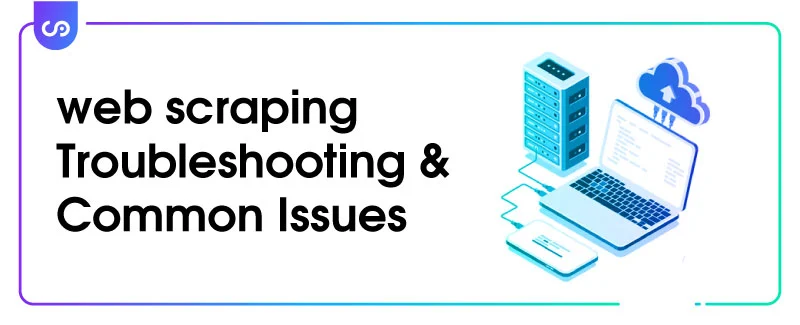
In conclusion, web scraping can be a powerful tool for collecting data from websites, but it can also be prone to common issues and errors. By being aware of these issues and using the appropriate tools and techniques to troubleshoot them, you can successfully navigate the challenges of web scraping and collect valuable data for your projects.
Conclusion
Web scraping is a valuable skill for non-programmers who want to collect data from websites for their projects or research. While it may seem daunting at first, there are many user-friendly tools available that make web scraping accessible to anyone, regardless of their technical expertise. By following ethical and legal guidelines, selecting the right tools, and using best practices for troubleshooting and data quality assurance, non-programmers can harness the power of web scraping to unlock valuable insights and improve their work. So why not give web scraping a try? It could be the key to unlocking a world of data for your projects.
FAQs
Is web scraping legal?
Yes, but it’s important to be aware of legal and ethical considerations and comply with website terms of use and copyright laws.
Do I need programming skills to do web scraping?
No, there are many user-friendly tools available that make web scraping accessible to non-programmers.
What types of data can be extracted using web scraping?
Web scraping can be used to extract a wide range of data, including text, images, links, product information, and more.
What are some common issues that can arise during web scraping?
Common issues include blocked or captchaed websites, slow or unresponsive websites, dynamic or AJAX content, missing or incomplete data, and legal or ethical issues.

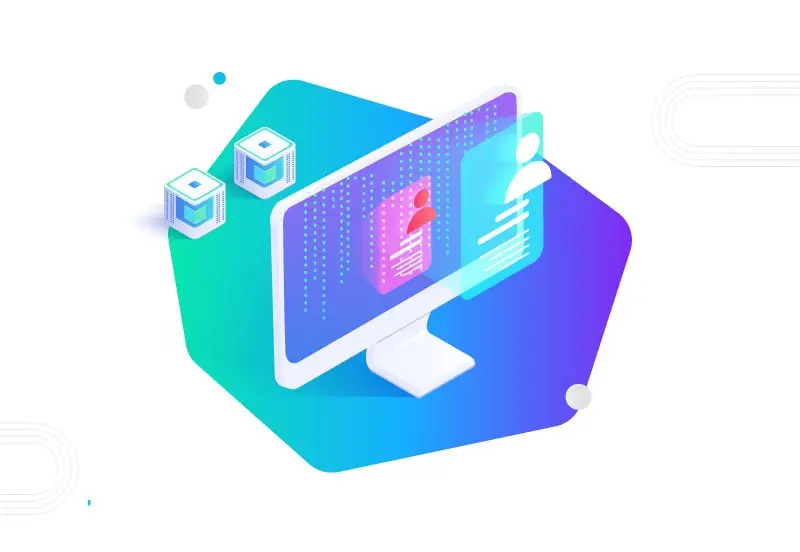
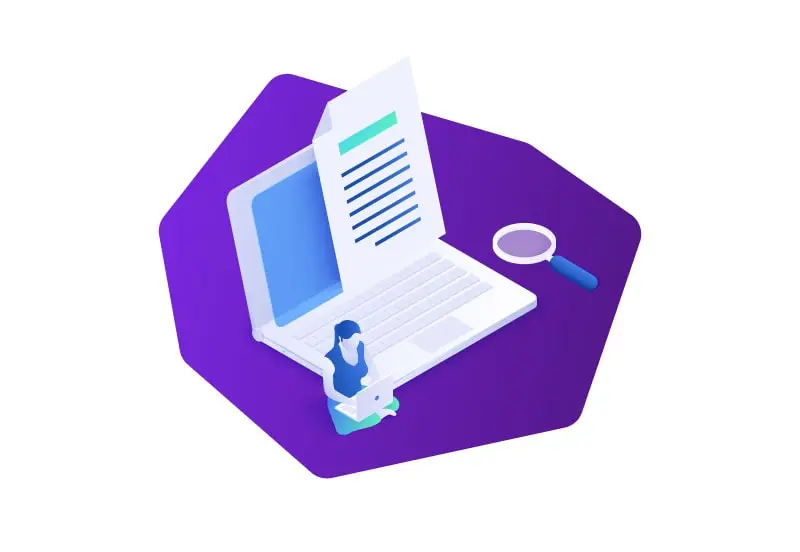
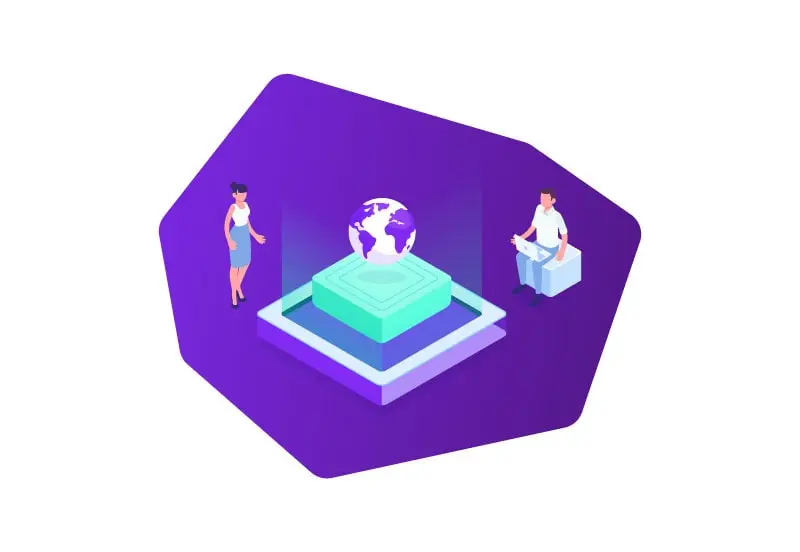
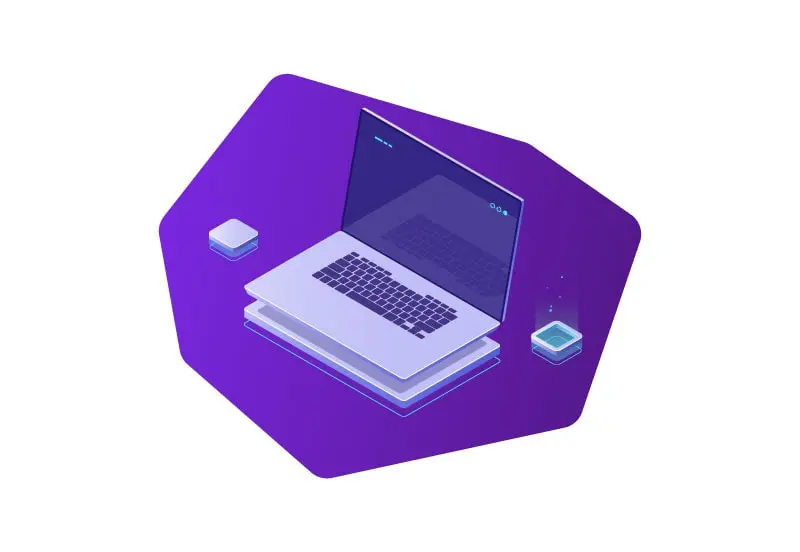
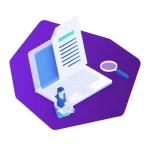
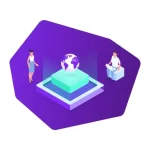
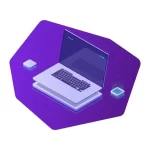
2 thoughts on “Beginner’s Guide to Web Scraping for Non-Programmers”
Hey, I’m curious! Can non-programmers learn web scraping too? Like, is it possible to dive into web scraping without any coding background? Asking for a friend who’s interested in data extraction!
Hi Myles! Absolutely! Web scraping is not exclusively for programmers. Even non-programmers can learn and excel at web scraping. There are user-friendly tools and platforms available that provide visual interfaces and require minimal coding knowledge. These tools allow non-programmers to perform web scraping tasks by following simple steps and configurations. It’s a great way to extract valuable data without the need for extensive coding skills.